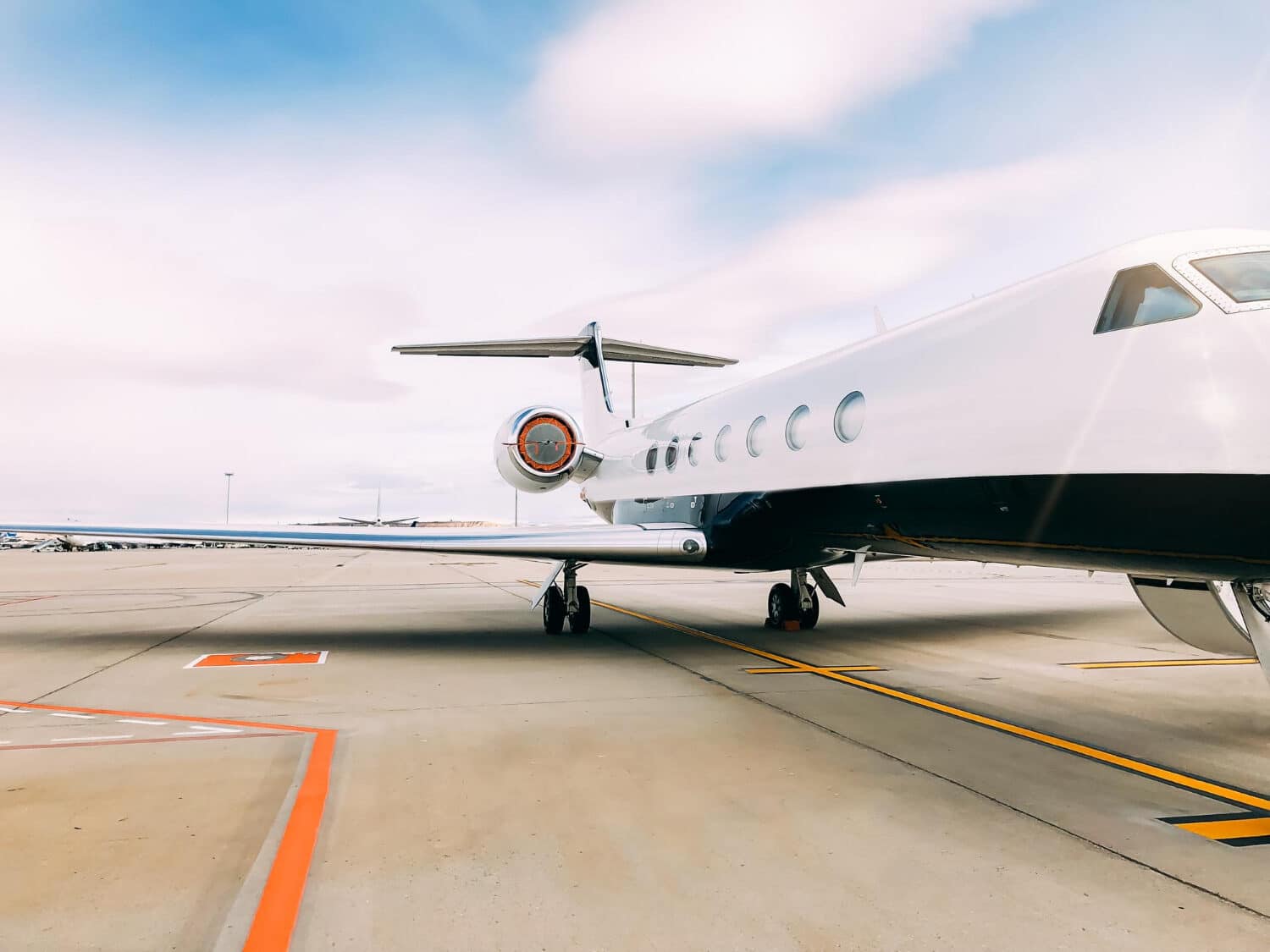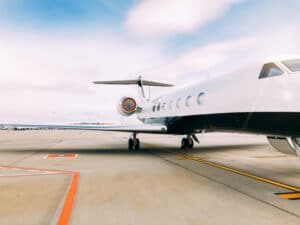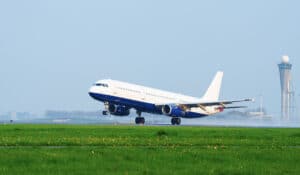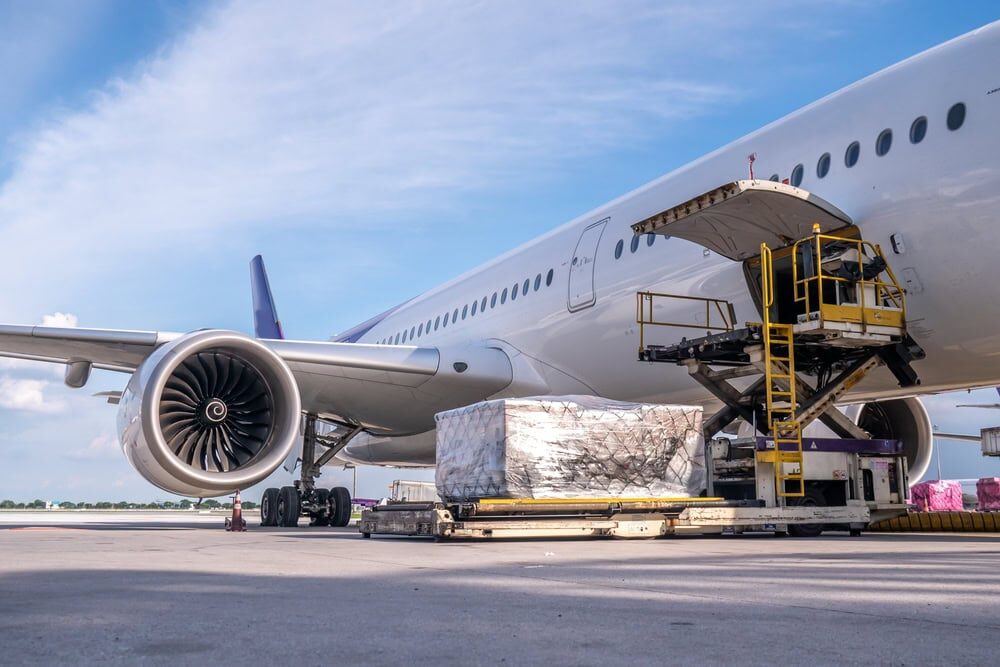Private jet pricing operates on entirely different principles than commercial airline ticketing. While commercial airlines use algorithmic yield management that typically rewards early booking, business aviation pricing depends on operational realities: aircraft positioning, crew availability, airport slot constraints, and fleet scheduling.
Understanding these dynamics can mean the difference between paying full charter rates and securing fares 30–70% below standard pricing. In some cases, the same route on the same aircraft type can vary by a factor of six depending on timing and availability.
This guide examines the operational factors that drive private jet pricing and provides actionable strategies for securing the lowest fares on charter flights.
Why Private Jet Prices Vary So Much
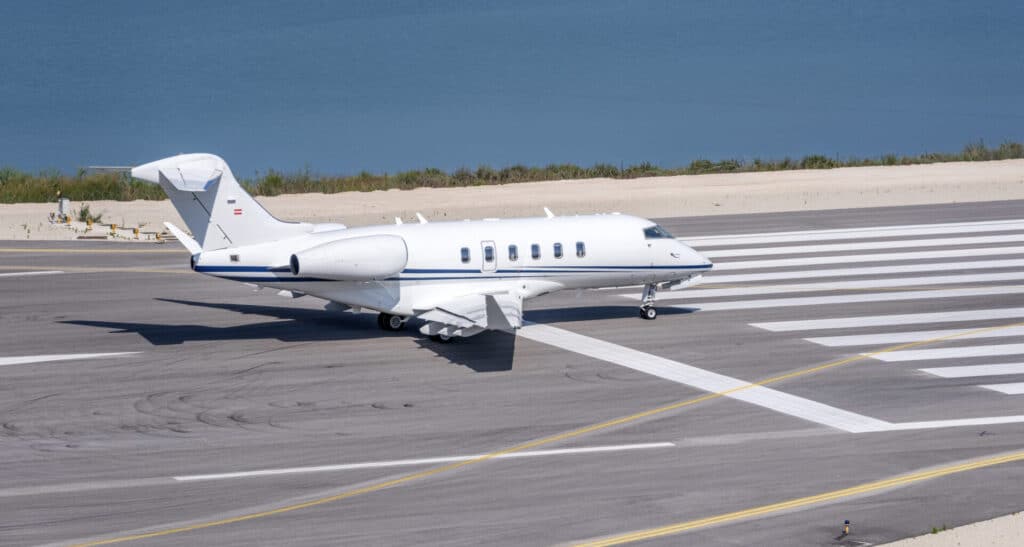
Private jet pricing reflects the complex operational costs of business aviation. Unlike commercial airlines that spread fixed costs across hundreds of passengers, charter operators must recover all expenses from a single booking.
Real Direct Operating Costs
Every private jet flight carries significant direct operating costs that form the baseline for pricing. These include fuel consumption, maintenance reserves, crew salaries, insurance premiums, and landing fees.
Understanding the real cost of owning and operating a private jet helps contextualise charter pricing. Typical hourly rates vary substantially by aircraft category:
| Aircraft Category | Typical Hourly Rate | Example Aircraft |
|---|---|---|
| Turboprop | €1,800–€2,500 | King Air 350, Pilatus PC-12 |
| Light Jet | €3,000–€4,500 | Phenom 300, Citation CJ3 |
| Midsize Jet | €4,500–€6,500 | Citation XLS, Learjet 60 |
| Super-Midsize | €6,500–€8,500 | Citation Sovereign, Challenger 350 |
| Large Cabin | €8,500–€12,000 | Legacy 600, Challenger 604 |
| Long-Range | €12,000–€18,000+ | Gulfstream G650, Global 7500 |
These include fuel consumption, maintenance reserves, crew salaries, private jet insurance premiums, and landing fees. The final charter price includes additional factors that can dramatically increase—or decrease—the total fare.
Aircraft Positioning and Repositioning
Positioning flights represent the single largest variable cost in private aviation. When you book a charter, the aircraft must travel from its current location to your departure airport, then return to its base after dropping you off.
If an aircraft is based in Geneva and you need a flight from Nice to London, the operator must factor in:
- Empty flight from Geneva to Nice (positioning)
- Your paid flight from Nice to London
- Empty flight from London back to Geneva (repositioning)
This means you could effectively pay for three flight segments while only using one. However, if that same aircraft is already in Nice awaiting another mission, you eliminate the positioning cost entirely.
Finding an aircraft already positioned on your route is the single most effective way to reduce private jet costs.
Crew Duty Limits (EASA FTL Regulations)
European aviation operates under strict Flight Time Limitations (FTL) governed by EASA regulations. These rules directly impact pricing, particularly for complex itineraries.
Key constraints include maximum flight duty periods of 13 hours (reduced for night operations), mandatory rest periods between duties, and cumulative limits on weekly and monthly flying hours.
For late-night departures or multi-sector journeys, operators may require a second crew to remain compliant. This effectively doubles crew costs and can add €2,000–€5,000 to the charter price.
Airport Congestion and Slot Scarcity
Certain airports face severe capacity constraints during peak periods. Private aviation hubs including Nice, Cannes, Olbia, Mykonos, Ibiza, Geneva, and Courchevel experience slot scarcity that directly impacts pricing.
During events like the Monaco Grand Prix, Cannes Film Festival, or peak ski season, available slots become scarce. Operators with confirmed slots can command premium pricing, while last-minute requests may simply be impossible to accommodate regardless of budget.
Understanding European private jet airports and their capacity constraints helps with realistic planning.
When Is the Best Time to Book a Private Jet?
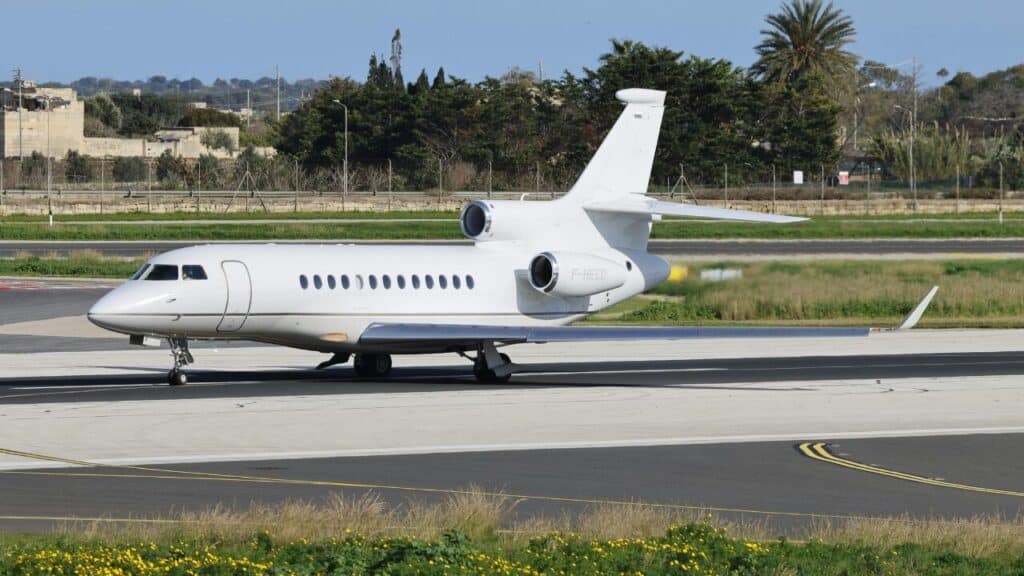
The optimal booking window depends on your specific circumstances, but several scenarios consistently deliver lower fares.
1. When an Aircraft Is Already Positioned on Your Route
This represents the most cost-efficient scenario in private aviation. When an aircraft is completing another mission at your departure airport, operators can offer substantially reduced rates since positioning costs are eliminated.
Professional charter brokers monitor fleet positions across multiple operators and can identify these opportunities in real-time.
2. Book 2–6 Weeks in Advance
This booking window typically offers the best balance of availability and pricing:
- More aircraft options across multiple AOC-certified operators
- Lower risk of positioning surcharges as operators can plan efficient rotations
- Better slot availability at congested airports
- Time for operators to integrate your flight into multi-sector schedules
For flights to slot-constrained destinations like Nice during summer or Courchevel during ski season, earlier booking becomes essential.
3. Maintain Flexible Departure Times
A 1–2 hour flexibility window on departure time can meaningfully reduce costs. This allows operators to:
- Optimise crew scheduling to avoid duty time extensions
- Coordinate with other missions for efficient routing
- Access better slot times at busy airports
- Avoid premium pricing for specific time windows
Advantages of Booking Early
Early booking provides several structural advantages beyond simple availability:
More operators competing for your business. With adequate lead time, brokers can solicit quotes from multiple AOC-certified operators, creating competitive pressure that benefits you.
Access to premium airport slots. Saturated airports allocate slots weeks in advance. Early booking secures preferred departure and arrival times.
Integration into operator rotations. When operators can plan your flight as part of a multi-leg schedule, they recover positioning costs from multiple clients, reducing your share.
Lower risk of surcharges. Last-minute bookings often incur premiums for expedited handling, crew callouts, and rushed flight planning.
For private jet companies in London operating from slot-constrained airports like Farnborough or Luton, early booking is particularly valuable.
When Booking Late, it Can Also Be Cheaper
Counter-intuitively, last-minute booking sometimes delivers the lowest fares through several mechanisms.
Empty Legs
Empty leg flights occur when aircraft must reposition without passengers. Rather than flying empty, operators offer these segments at substantial discounts—typically 30–70% below standard charter rates.
Browse available empty leg flights to find current opportunities.
Empty legs work best for flexible travellers who can adapt their schedule to aircraft availability rather than requiring specific departure times.
Avoiding Aircraft Parking Fees
At certain airports, overnight parking fees exceed the cost of repositioning. Operators sometimes prefer to fly an aircraft out—even at a discount—rather than pay premium parking charges.
This creates opportunities for sharp-eyed travellers monitoring last-minute availability at expensive airports like Nice, Geneva, or London City.
Weather-Related Repositioning
Poor weather in the Alps or UK can strand aircraft at unexpected locations, creating sudden availability. Operators stuck with aircraft out of position may offer discounted rates to recover some revenue from an otherwise dead day.
Low Season for Destinations
Seasonal patterns create predictable pricing variations:
- Côte d’Azur after summer: September–October offers excellent rates
- Ibiza off-season: October–April provides significant savings
- Ski destinations outside holiday periods: January (post-New Year), March offer better value
Understanding these patterns helps when planning private jet routes to Ibiza or other seasonal destinations.
Best Time to Book by Season
Spring (March–May)
Early booking works well for weekend departures to Mediterranean destinations as demand builds. Weekday flights often have last-minute availability at competitive rates.
This shoulder season offers balanced pricing before summer premiums take effect.
Summer (June–August)
The most saturated period for European business aviation. Airport slots at Nice, Olbia, Mykonos, Ibiza, and Sardinia fill weeks in advance.
Recommendation: Book 3–6 weeks early for peak summer destinations. Last-minute options become severely limited, and prices reflect scarcity.
Autumn (September–November)
Stable rates with good last-minute availability. Operators have excess capacity as summer demand recedes.
This period often delivers the best combination of weather, availability, and pricing for European travel.
Winter (December–February)
Events and ski season create localised demand spikes. Book early for:
- Courchevel, Zermatt, Gstaad, Saint-Moritz during holiday periods
- New Year’s Eve departures to any destination
- Major business events like Davos
Outside holiday windows, winter offers reasonable rates and good availability.
Understanding Empty Legs — The Cheapest Option in Business Aviation
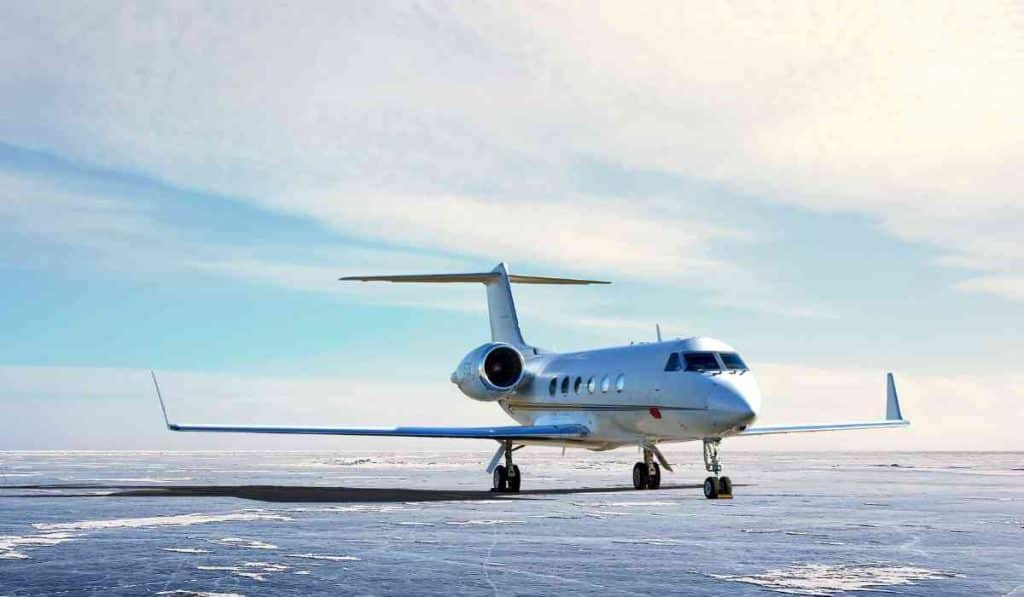
Empty legs represent the most accessible entry point to private aviation, but understanding their mechanics helps avoid disappointment.
What Is a True Empty Leg?
A genuine empty leg has specific characteristics:
- Identified aircraft: The specific tail number and type is confirmed
- Certified operator: An AOC-certified operator with valid insurance
- Fixed date: The primary mission is confirmed, fixing the repositioning date
- Real repositioning route: The aircraft genuinely needs to fly this segment
Why Empty Legs Are Cheaper
Operators face a simple calculation: fly empty and recover nothing, or offer a discount and recover partial costs. Even at 50% of normal rates, the operator improves their position versus flying completely empty.
This creates genuine win-win opportunities for flexible travellers.
How to Avoid Fake Empty Legs
Some brokers market “empty legs” that are actually speculative pricing—aircraft might be available if another booking materialises, or the route represents wishful thinking rather than confirmed repositioning.
Warning signs include vague dates, unspecified aircraft, prices that seem too good, and pressure to book immediately without details. Working with reputable private jet management companies helps avoid these pitfalls.
How Professional Brokers Optimise Prices
Experienced charter brokers add value through operational expertise that individual travellers cannot replicate:
Multi-operator search. Brokers maintain relationships with dozens of AOC-certified operators and can quickly identify the best-positioned aircraft for your route.
Crew planning optimisation. Understanding FTL regulations allows brokers to structure itineraries that avoid costly crew augmentation.
Early slot monitoring. For congested airports, brokers submit slot requests as soon as clients confirm travel dates.
Mission integration. Brokers can sometimes combine your flight with another client’s journey, sharing positioning costs.
Real-time repositioning monitoring. Tracking actual aircraft movements identifies empty leg opportunities as they emerge.
Understanding private jet costs per hour helps evaluate broker quotes.
Checklist to Reduce the Cost of a Private Flight
Apply these strategies to minimise your charter costs:
✓ Build in 1–2 hour departure flexibility. This small concession opens significantly more options.
✓ Consider alternative airports. Secondary airports often have better availability and lower fees. For London, consider Biggin Hill or Oxford instead of Farnborough. Explore London’s private jet airports for options.
✓ Avoid peak season and event dates. Shifting travel by even a few days can dramatically reduce costs.
✓ Verify genuine empty legs. Request aircraft registration, operator AOC, and confirmation that the primary mission is booked.
✓ Book early for slot-constrained destinations. Nice, Mykonos, and ski airports require advance planning.
✓ Use experienced brokers for complex itineraries. Multi-sector journeys and challenging destinations benefit from professional expertise.
✓ Consider small private jets for shorter routes. Turboprops and light jets offer substantial savings for journeys under 2 hours.
✓ Monitor affordable private jet options for budget-conscious travel.
Summary — The “Best Time” Depends on Your Objective
| Objective | Ideal Booking Time | Reason |
|---|---|---|
| Lowest price | 2–6 weeks in advance | More aircraft options, fewer positioning surcharges |
| Maximum flexibility | 48–72 hours before | Aircraft repositioning windows create opportunities |
| Peak destination | As early as possible | Slot scarcity at Nice, Mykonos, Courchevel |
| Empty leg deal | Last minute | Aircraft returning from primary mission |
| Business event | As soon as date confirmed | Guaranteed slots and optimal scheduling |
| Seasonal destination | Shoulder season | Better rates before/after peak periods |
Conclusion
Private jet pricing is fundamentally operational. Unlike commercial aviation where algorithms determine fares, charter costs reflect real-world factors: aircraft positioning, crew availability, airport constraints, and fleet scheduling.
The most effective cost reduction strategies combine anticipation with flexibility. Booking 2–6 weeks ahead provides access to more operators and better slots, while maintaining schedule flexibility allows operators to optimise their operations—savings they can pass to you.
Empty legs offer the most dramatic savings for travellers who can adapt to available aircraft rather than requiring specific itineraries. Working with experienced brokers who monitor real repositioning movements—not speculative availability—is essential for accessing genuine empty leg opportunities.
For more information on charter costs and options, explore our guides on how much it costs to rent a private jet and the most affordable ways to charter a private jet.
Frequently Asked Questions
What is the cheapest way to fly private?
Empty leg flights offer savings of 30–70% compared to standard charter rates. These occur when aircraft must reposition without passengers after completing a primary mission. Flexibility on dates and routes is essential to access these opportunities.
How far in advance should I book a private jet?
For most routes, 2–6 weeks provides optimal balance of availability and pricing. Slot-constrained destinations like Nice, Mykonos, or ski airports during peak season may require earlier booking. Last-minute bookings can work for flexible travellers seeking empty legs.
Why do private jet prices change so much?
Private jet pricing reflects operational realities rather than algorithmic yield management. Aircraft positioning costs, crew availability, airport slot constraints, and seasonal demand all influence pricing. The same route can vary significantly based on where aircraft are positioned.
Are empty leg flights reliable?
Genuine empty legs tied to confirmed primary missions are reliable. However, some marketed “empty legs” are speculative. Verify that the operator has confirmed the primary booking before committing to an empty leg.
What is the best season to charter a private jet in Europe?
Autumn (September–November) typically offers the best combination of availability, pricing, and weather. Summer commands premium pricing due to demand, while winter creates localised spikes around ski resorts and holiday periods.
Authors
-
Radu Balas: Author
Pioneering the intersection of technology and aviation, Radu transforms complex industry insights into actionable intelligence. With a decade of aerospace experience, he's not just observing the industry—he's actively shaping its future narrative through The Flying Engineer.
View all posts Founder
-
Cristina Danilet: Reviewer
A meticulous selector of top-tier aviation services, Cristina acts as the critical filter between exceptional companies and industry professionals. Her keen eye ensures that only the most innovative and reliable services find a home on The Flying Engineer platform.
View all posts Marketing Manager
-
Marius Stefan: Editor
The creative force behind The Flying Engineer's digital landscape, meticulously crafting the website's structure, navigation, and user experience. He ensures that every click, scroll, and interaction tells a compelling story about aviation, making complex information intuitive and engaging.
View all posts Digital Design Strategist

